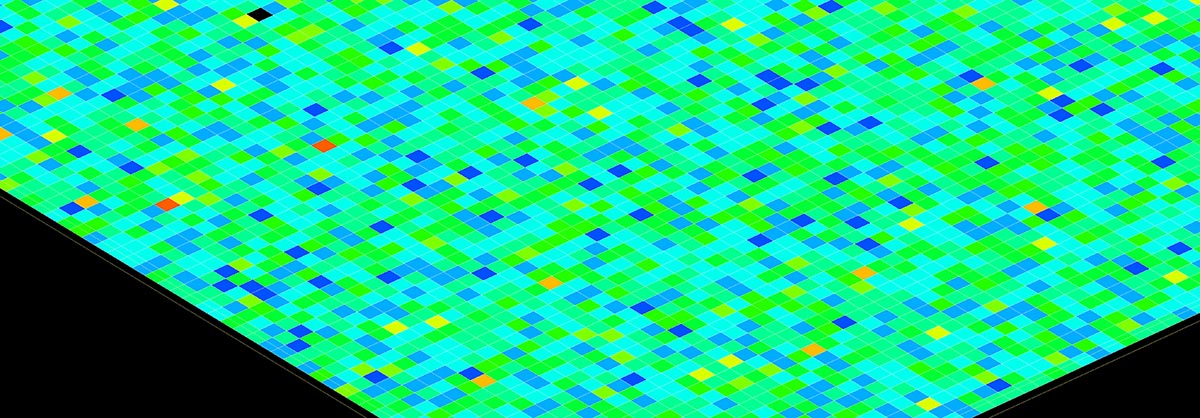March 2019 Issue Index
New paradigm for domain modelling
Machine learning provides the ability to generate domain boundaries direct from drillhole sample data into a block model.
A model should portray the best understanding of geological observations and facts. However, it must be remembered that the interpretation of these facts into a full 3D representation does not mean that a unique result is generated.
Several possible interpretations can and should be generated to test hypotheses. Geological uncertainty can be just as important, and in some cases more important, than grade uncertainty when building resource models and reports.
Many years ago Maptek introduced the ability to build geological uncertainty into implicit models, whereby a nested set of 3D solids is produced from the same set of raw data.
Simulation of categorical variables can also generate domain models with uncertainty. Resource geologists can take this uncertainty into the resource block model and use it to generate a range of estimates, not just a single tonnes-grade number for the mine planner to optimise during mine design and feasibility.
Computer-based geological modelling has traditionally replicated hand-drawn methods. For example, sectional interpretations are joined into 3D solids, or surface contours are generated to build 2D boundary surfaces. The resultant surfaces and solids build the geological boundaries, which are then used to constrain domains in resource block models.
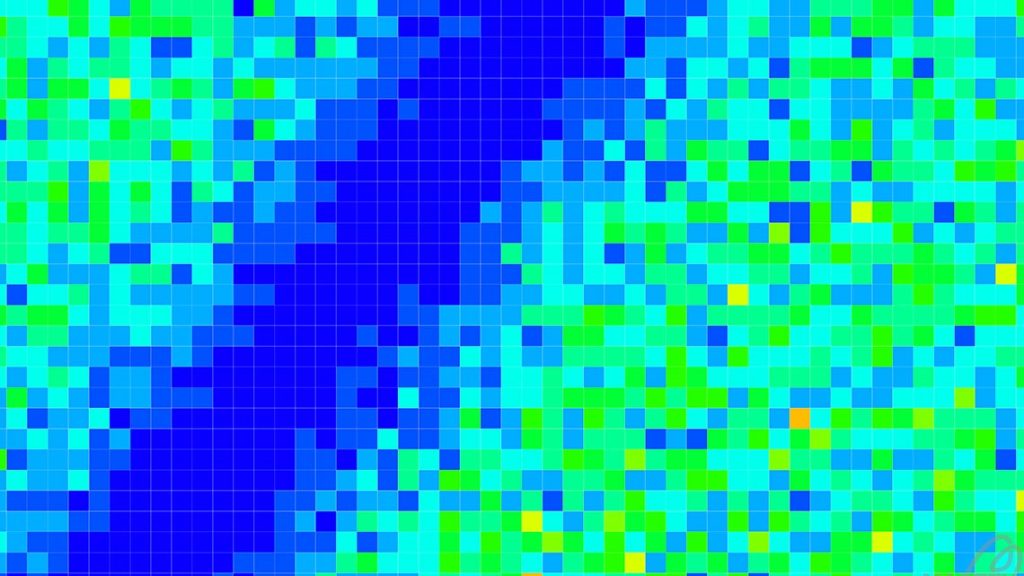
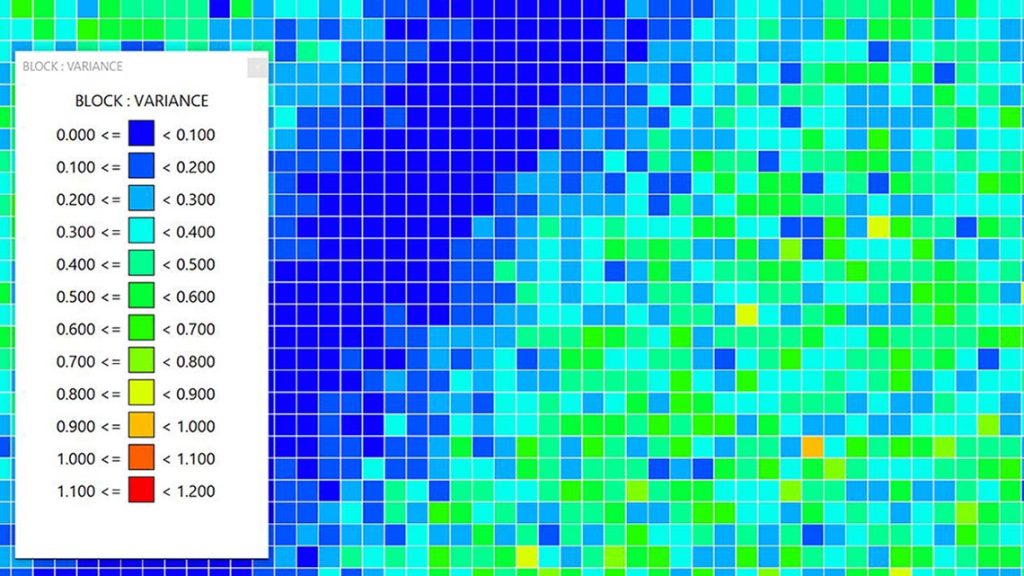
Depending on the complexity, building 2D and 3D models can be laborious and occupy a significant percentage of time, maybe up to 50%, in the preparation of resource models.
A 2D or 3D model will only represent one possible interpretation of the in situ geology.
Explicit and implicit techniques can be used individually or in combination for model construction, ensuring that boundaries between domains are honoured and that the overall results are geologically feasible.
Maptek’s new machine learning engine provides the ability to generate domain boundaries direct from drillhole sample data into a block model, without the need for time consuming manual digitisation or slow and cumbersome mathematical functions.
The machine learning function rapidly works through the data and correlates geological database coding straight into the block model, and then uses resulting domain codes to constrain grade estimation.
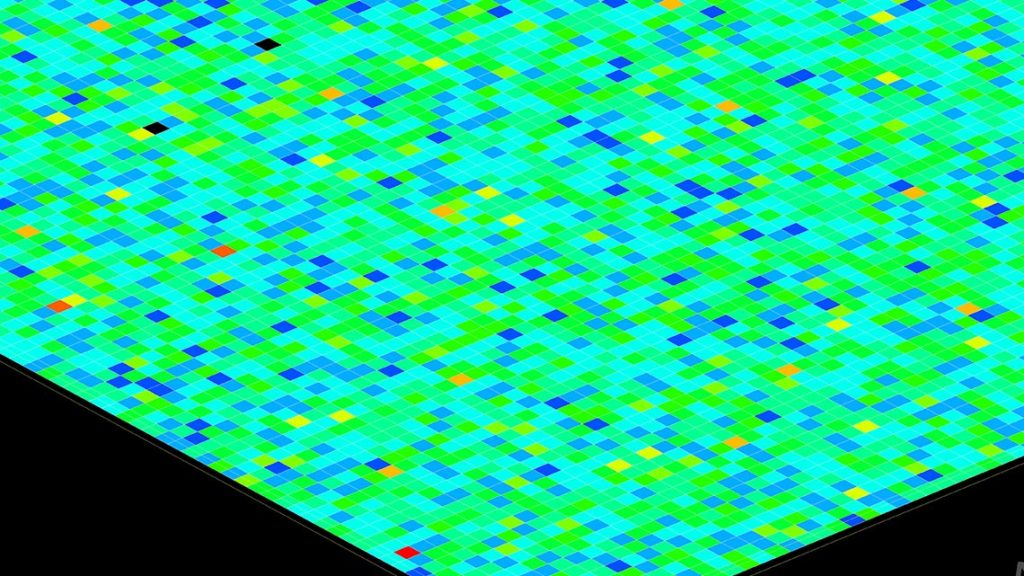
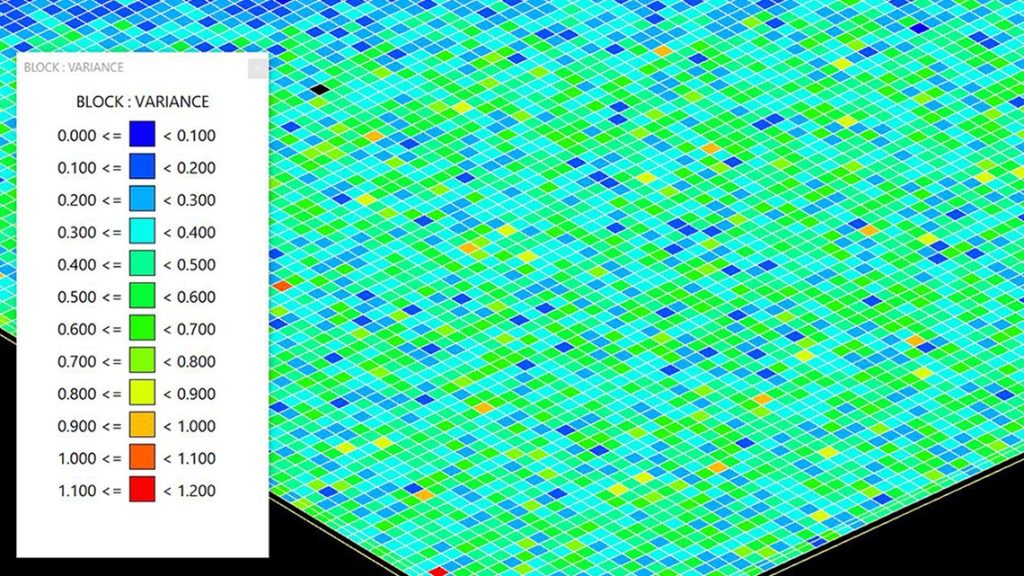
The machine learning domain determination is fast, often taking a few minutes to assess and generate the results from thousands of drillholes.
Sub-blocking within the resultant block model and measures of uncertainty are also incorporated into the machine learning modelling process, providing high levels of confidence in the final result.
Machine learning for geological domain generation directly into a block model is the breakthrough that resource geologists have been seeking for rapid assessment of resource models.
Contact Maptek for a demonstration with your data.

